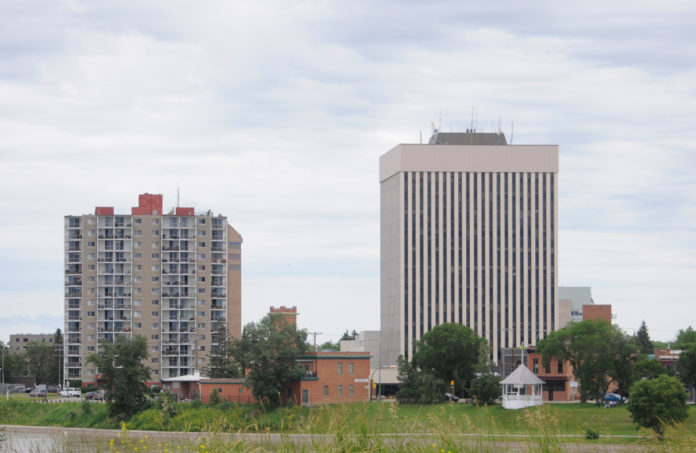
Prince Albert hasn’t been immune from the job loss impacts of the COVID-19 pandemic.
According to the latest data from Statistics Canada, released last week, the city has seen an almost 11 per cent decrease in its labour force. The labour force is defined as the total number of people both working and actively looking for work.
Most of that is in actual job loss, as the estimates show that about 2,400 fewer people are working compared to July of last year. Only about 200 fewer people are listed as unemployed, meaning they are not working but actively looking for work.
Those who aren’t working but aren’t actively looking for work are listed as not in the labour force. That number grew from approximately 10,300 people last year to about 12,900 this year.
All those changes resulted in a decrease of the participation rate, which fell to 62.3 per cent from 69.9 per cent, and a slight uptick in the unemployment rate from 9.2 to 9.4 per cent.
A change was also seen in the city’s employment rate, which is a percentage of people of working age that are working compared to the city’s entire population.
This time last year, Prince Albert had a participation rate of 63.5 per cent. As of June, it’s sitting at 56.4 per cent.
Employment in June increased in all provinces as restrictions eased.
Employment increased in Saskatchewan for the first time since the pandemic began, with an increase of 30,300 jobs month-over-month, or six per cent.
That’s the fourth-highest month-to-month job growth in the country, just ahead of the national average of 5.8 per cent.
According to the provincial government, employment in the province is now at 92.6 per cent of its pre-COVID February level.
“The increase in jobs over the previous month shows significant recovery and indicates that the effects of COVID-19 on the province’s labour market are beginning to moderate,” Immigration and Career Training Minister Jeremy Harrison said. “As Saskatchewan is working toward a strong economic recovery, we are pleased to see these positive indicators that show our province is taking the right course of action with the Re-Open Saskatchewan plan.”
The province’s unemployment rate is 11.6 per cent, down from 12.5 per cent in May.
Saskatchewan also has the second highest ranking among provinces for small business confidence, at 59.1 points.
The province also saw the highest year-over-year growth in western Canada in terms of urban housing starts.
Nationally, by the week of June 14 to 20, the number of workers affected by the COVID-19 economic shutdown was 3.1 million, a 43 per cent reduction since April.
Across Canada, empl9yment rose by nearly 1 million in June, with gains split evenly between full and part-time work.
That recovery, Statistics Canada said, is sharper than any previous economic downturn. That’s due to the fact that employment losses were also “unprecedented” in their speed and depth.
Past downturns, such as years-long recessions, have seen the job market taking two to five years to recover.
Canada’s unemployment rate, though, remains high at 12.3 per cent. That’s down from the record high of 13.67 per cent in May. The number of people on temporary layoff fell by 29.1 per cent in June. About one-third of Canada’s unemployed, Statistics Canada said, are on temporary layoff. Two-thirds are job searchers.

